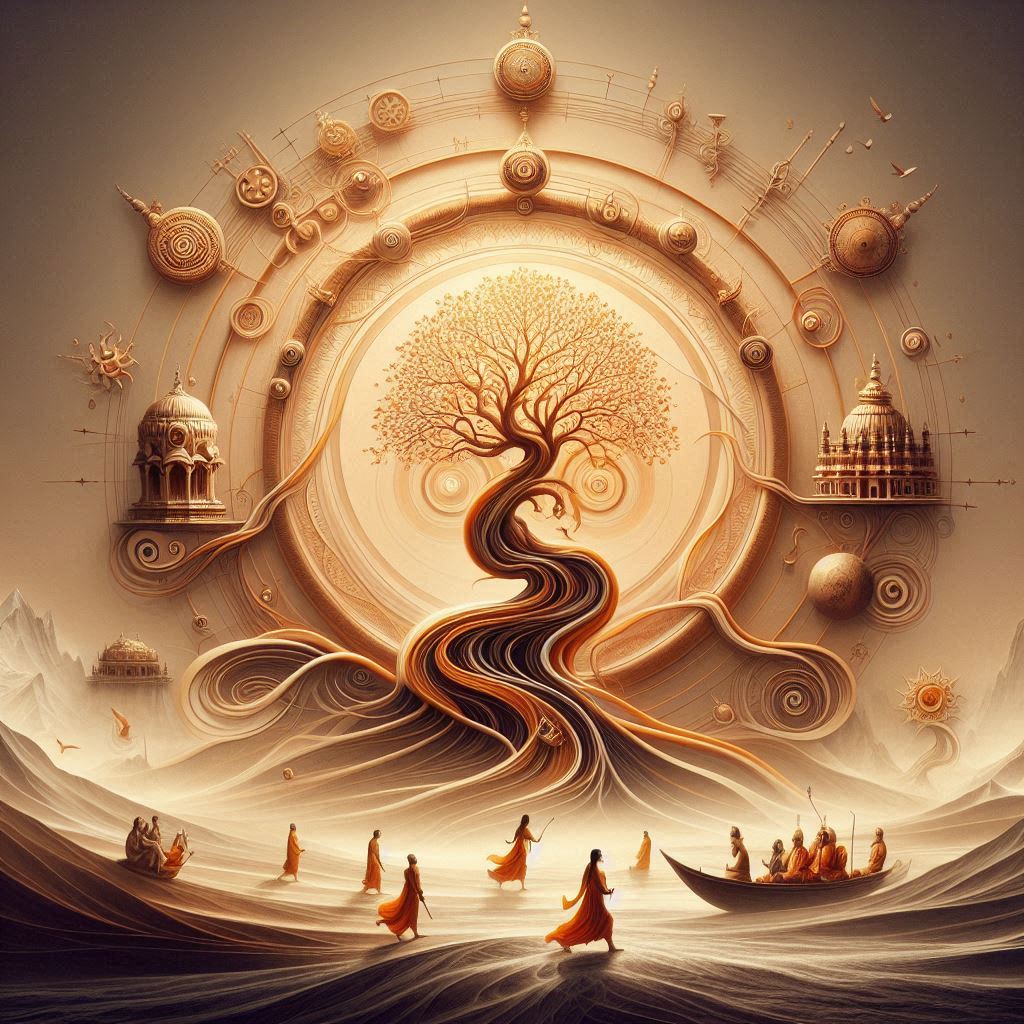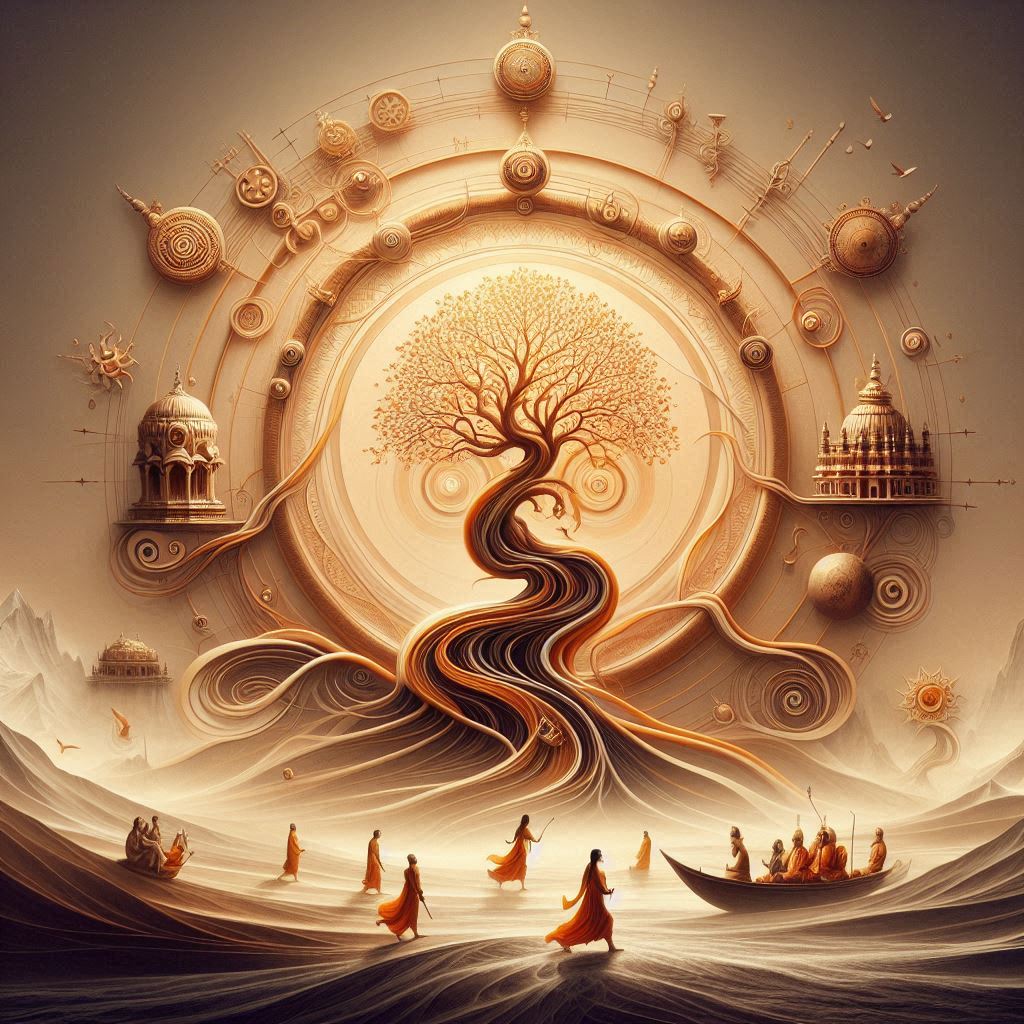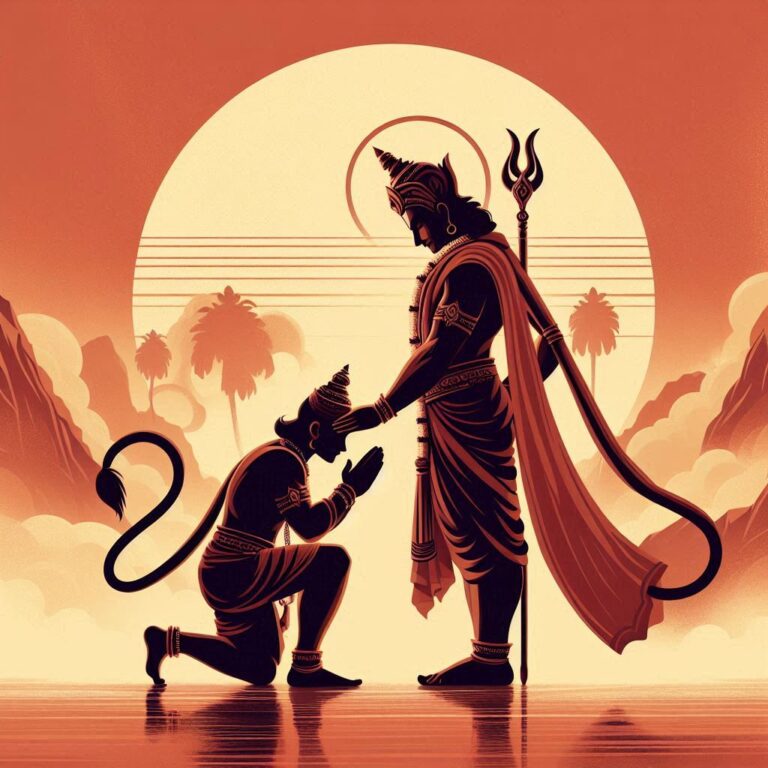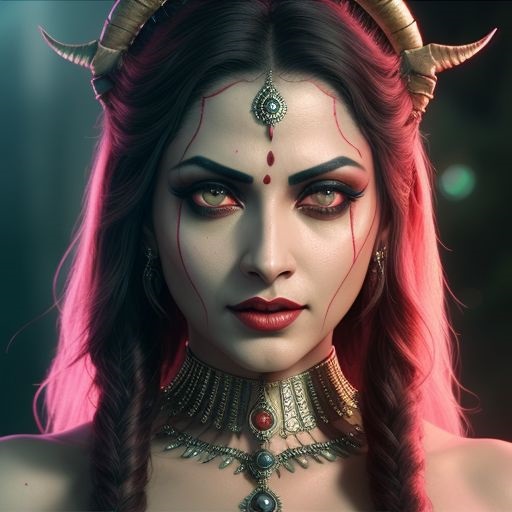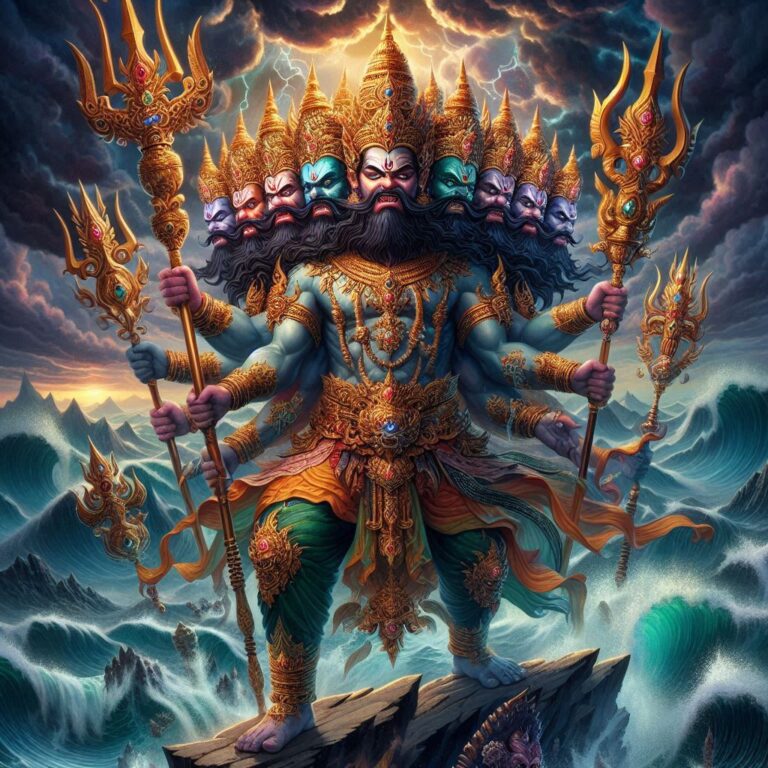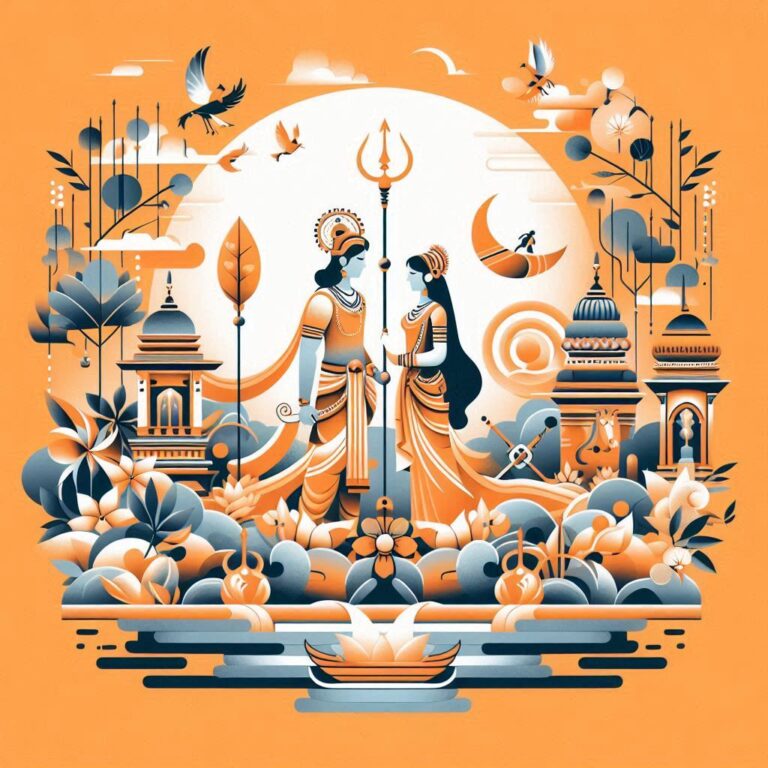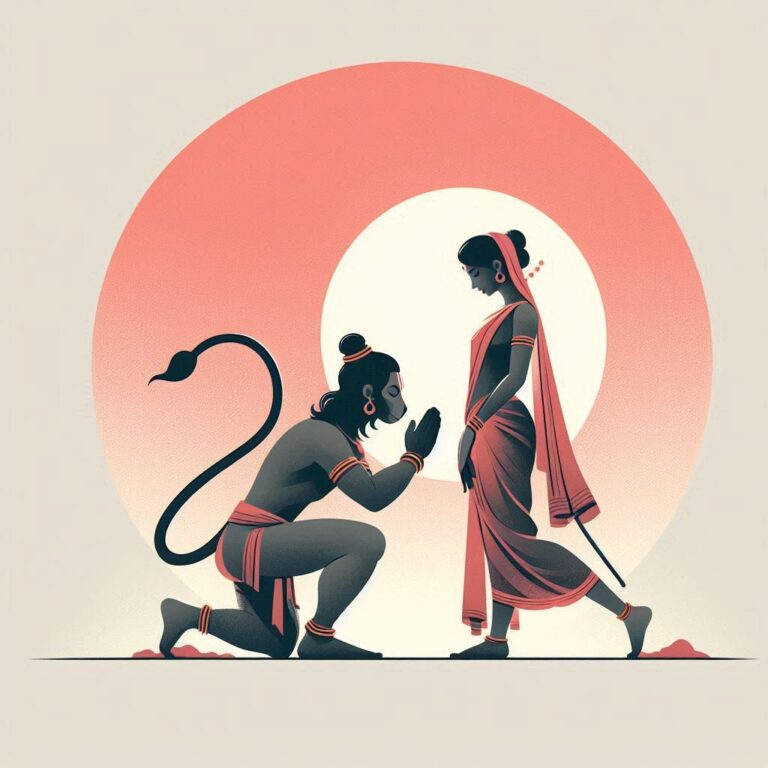The Ramayan’s Influence on the Bhakti Movement Explained
The Ramayan and Bhakti Movement: Exploring Their Relationship
The Ramayan and the Bhakti Movement may seem like two distinct entities in Hindu culture, but they share a profound connection that has shaped the spiritual landscape of India for centuries. In this article, we will traverse the path from the epic tales of the Ramayan to the soulful expressions of devotion found in the Bhakti tradition. Together, we’ll uncover the threads that bind these two significant aspects of Hindu thought and culture—so grab a cup of chai, settle in, and let’s dive into this fascinating journey!
What is the Ramayan?
To begin, let’s take a moment to understand what the Ramayan is all about. Written by the sage Valmiki, this epic revolves around the life of Lord Rama, his wife Sita, and his loyal companion Hanuman. It’s not just a story; it’s a tapestry of morals, ethics, and lessons on dharma (righteousness). The narrative unfolds with Rama’s exile, the abduction of Sita by Ravana, and the subsequent battle that ensues to rescue her.
Here are some key aspects of the Ramayan:
-
Cultural Significance: The Ramayan is revered not only as a literary masterpiece but as a philosophical guide that teaches values like truth, honor, and bravery.
-
Emotional Resonance: It evokes a range of emotions—love, grief, loyalty, and valor—that resonate with readers and devotees alike.
-
Spiritual Lessons: The characters in the Ramayan are not just figures of myth but embodiments of various virtues and vices, offering life lessons that remain timeless.
The Bhakti Movement: A Brief Overview
Now that we have a snapshot of the Ramayan let’s explore the Bhakti Movement. Emerging around the 15th century, this movement was a spiritual resurgence that emphasized personal devotion to God over ritualistic practices and caste hierarchies.
Here are some foundational elements of the Bhakti Movement:
-
Devotional Poetry: Saints like Kabir, Mirabai, and Tulsidas composed poetry that expressed deep, personal devotion to God. Their verses often reflected the love for Krishna or Rama, bridging the gap between the divine and the devotee.
-
Accessibility: The Bhakti Movement democratized religion, allowing individuals from all walks of life to connect with the divine without the intercession of priests.
-
Unity in Diversity: Despite regional and linguistic differences, the core tenet of the movement was the expression of love and devotion to God, transcending cultural boundaries.
The Interconnection: Ramayan and the Bhakti Tradition
The relationship between the Ramayan and the Bhakti Movement is intricate yet beautiful. When we examine how the teachings of the Ramayan influenced the Bhakti Movement, several key points emerge.
1. The Power of Devotion
Both the Ramayan and the Bhakti Movement emphasize the significance of bhakti (devotion) as a pathway to salvation. In the Ramayan, Lord Rama epitomizes divine love and righteousness. For devotees in the Bhakti tradition, surrendering to Rama’s will becomes a means to attain spiritual liberation.
Doha Example:
पवन तनय संकट हरण, मन रंजन।
Pavan Tanay Sankat Harn, Man Ranjan.
(O son of the wind, you remove all troubles and bring joy to my heart.)
This couplet reflects the essence of devotion to Hanuman, the ideal devotee of Rama, underscoring that true devotion leads to the removal of worldly troubles.
2. Symbolism of Characters
The characters in the Ramayan serve as archetypes for the devotees of the Bhakti Movement.
- Rama: Representing the ideal man (Maryada Purushottama), he is seen as the ultimate goal for bhakti practitioners.
- Sita: Symbolizing devotion and the feminine aspect of divinity, she evokes empathy and tenderness.
- Hanuman: Embodying the ideal devotee, his unwavering loyalty serves as a model for bhakti practitioners.
Shloka Example:
रामो विग्रहवान धर्मः।
Rāmo Vigrahavān Dharmaḥ.
(Rama is the embodiment of Dharma.)
This shloka connects Rama’s character to the core principles of righteousness fundamental to the Bhakti Movement.
3. Literary Influence
The Bhakti poets were deeply inspired by the tales of the Ramayan. For instance, Tulsidas’ “Ramcharitmanas” became a devotional classic that not only retold the story of the Ramayan but also infused it with a deep sense of personal devotion. His verses painted Rama as a personal god with whom devotees could connect intimately.
Doha Example:
सिया राम मय सब जग जानी।
Siyā Rām May Sab Jag Jānī.
(The entire world is filled with Sita and Rama.)
This highlights the omnipresence of divine love, a fundamental theme in both the Ramayan and the Bhakti Movement.
4. Faith Over Ritual
While the Ramayan reveres traditional rituals, the Bhakti Movement takes a nuanced approach. It fosters a belief that faith and devotion can transcend the barriers of ritualistic practices. For devotees, the simple act of singing bhajans or reciting verses from the Ramayan holds immense value in connecting them to the divine.
Imagine a devotional singer pouring their heart out in a bhajan. It’s akin to a river flowing freely—unfettered by the formalities of rigid banks, just as bhakti flows from the heart, unconfined.
The Influence of Bhakti Movement in Modern Times
Even today, the Ramayan’s teachings and the principles of the Bhakti Movement resonate profoundly. Many modern spiritual leaders and organizations draw inspiration from these teachings, emphasizing the importance of love, tolerance, and compassion.
Engaging Devotional Practices Today
-
Kirtans and Bhajans: These practices celebrate the legacy of Rama and the Bhakti tradition, creating a vibrant spiritual atmosphere where devotion flows freely.
-
Community Celebrations: Festivals like Ram Navami and Diwali are celebrated with immense fervor, reflecting the communal spirit fostered by the Bhakti Movement, which inherently promotes inclusivity.
Conclusion
The intertwining of the Ramayan and the Bhakti Movement represents a rich tapestry of devotion, moral values, and community-oriented spirituality. Their relationship not only strengthens individual faith but also fosters a collective consciousness of love and devotion within society.
So the next time you find yourself knee-deep in a devotional song or engrossed in the pages of the Ramayan, remember that you are participating in a centuries-old tradition that transcends time, space, and societal barriers. As the Bhakti Movement teaches us, divine love is universal and accessible to everyone—just wait for that perfect moment of connection!
FAQs
1. How are the Ramayan and the Bhakti Movement connected?
The Ramayan serves as an important spiritual text that emphasizes devotion to God, a core principle echoed in the Bhakti Movement. Both showcase the importance of character virtues and personal connections with the divine.
2. Who are some key figures in the Bhakti Movement?
Notable figures include Kabir, Mirabai, Tulsidas, and Ramanuja, whose writings and teachings encapsulated the spirit of personal devotion.
3. What role does poetry play in the Bhakti Movement?
Poetry, especially in the form of bhajans and kirtans, serves as a medium through which devotees express and cultivate their love for God.
4. Can anyone practice Bhakti, or is it limited to certain communities?
One of the strengths of the Bhakti Movement is its inclusivity—anyone, regardless of caste or social status, can practice and express devotion.
5. How has the Ramayan influenced modern spiritual practices?
The teachings of the Ramayan continue to inspire contemporary spiritual practices, emphasizing love, compassion, and the importance of personal faith over rigid rituals.
